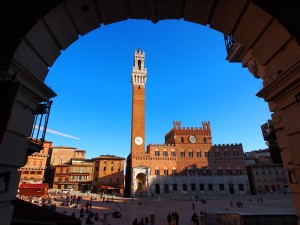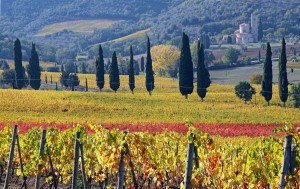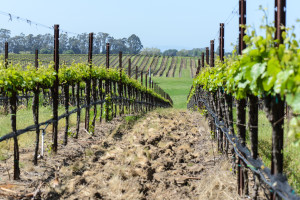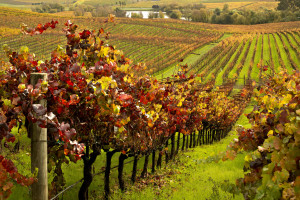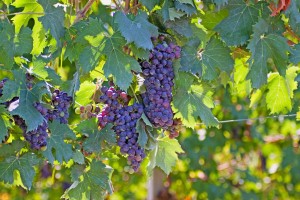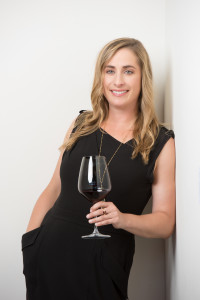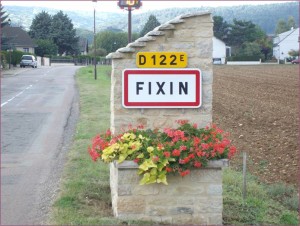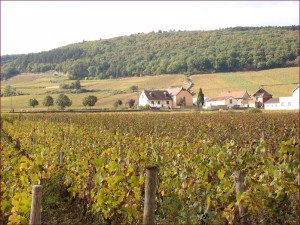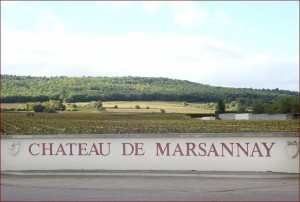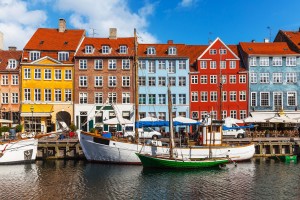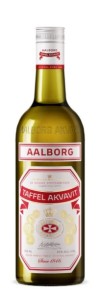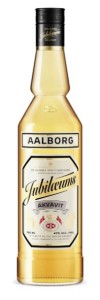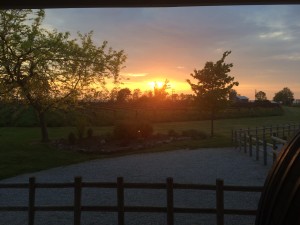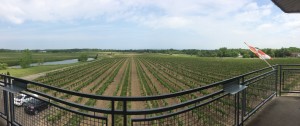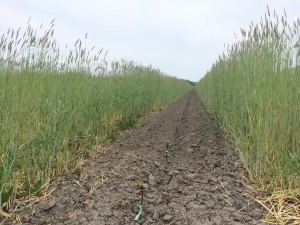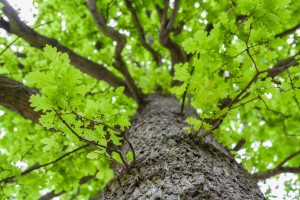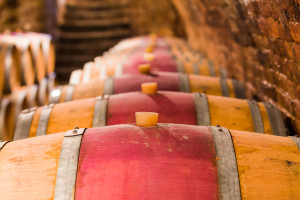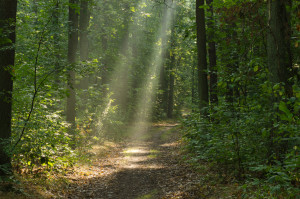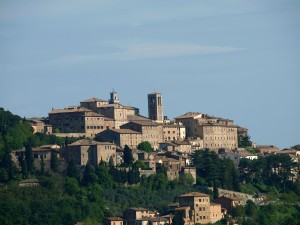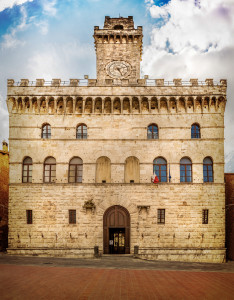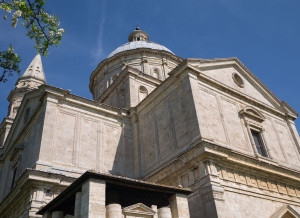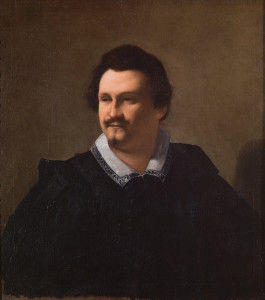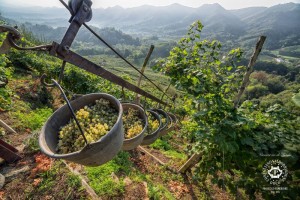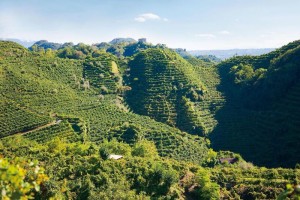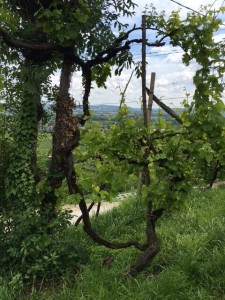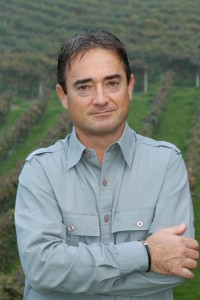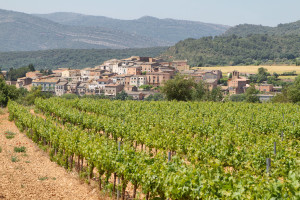
…
Today we have a conference preview from Nora Favelukes who tells us about her session entitled “Spain’s Single Vineyard Estates.” Read on to hear the story behind Nora’s session!
What do Pago Negrelada from Abadía Retuerta, Emeritus from Dominio de Valdepusa, Centenarias from Mas Doix, Quincha Corral from Mustiguillo, Finca Valpiedra from Bujanda, III Lustros from Gramona, Secastilla from Viñas del Vero and Numanthia from Numanthia have in common?
They are all Single Vineyard wines from Spain’s top wineries and will be showcased at my seminar for the Society of Wine Educators (SWE)’s 2016 Conference this upcoming August!
Old World – New World
When using the terms “Old World” to refer to traditional European winegrowing regions and “New World” to refer to winegrowing regions in countries colonized by these Europeans, are we taking into account merely geographic attributes? Or is it also about their differences in style? Lighter body, earthy and mineral wines vs. riper, full-bodied, fruit forward wines? Or is it about traditional methods of winemaking vs. modern vineyard management and vinification techniques? What a conundrum!
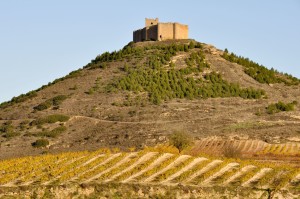
…
In the mid- nineties, I visited Bodegas Faustino in Rioja, Spain, and for the first time I was exposed to the earthy complex aromas and flavors of Rioja wines. I have a vivid memory of their 1964 Gran Reserva. This superb wine opened my eyes and heart to the magnificence of traditional winemaking at its highest level. At that time, I knew for sure the difference between Old World and New World wines.
In 2010, when I started to travel extensively throughout Spain and to work with individual wineries – Co-ops and DOs – I realized that there was more to Spain than what I had seen in my previous visits. There was a new wave of dynamic producers making high quality and modern style wines across all regions. Welcome to the New World of Spanish Wines!
In this “New World”, rigid laws regarding authorized varietals and aging restrictions enforced by the regional DO’s are broke. Producers are now testing the true potential of their unique indigenous grapes, planting international varieties, searching for the best terroirs and practicing new vinification and aging techniques to produce the wines they envision.
A Word from the Protagonists
In preparation for my session, I interviewed several iconic figures responsible for this new era.
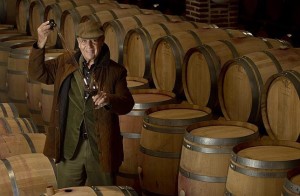
Carlos Falcó, Marqués de Griñón–Chairman and Founder of Grandes Pagos de España
I spoke with Carlos Falcó – Marqués de Griñón, a fascinating Renaissance man. Predestined to follow a career in the military, he went against his family’s wishes and became an agricultural engineer with the goal of producing a Grand Cru wine in Spain. A pioneer in the modernization of Spanish viticulture and winemaking, Carlos Falcó is responsible for the creation of the “Vinos de Pago” Designation of Origin and chairman and founder of Grandes Pagos de España. “In 1974, I planted Cabernet Sauvignon cuttings in Dominio de Valdepusa, our estate dating back to 1292 –a risky undertaking as it was illegal at that time to plant international varietals. In 2002, Dominio de Valdepusa was granted the first PAGO denomination. By 2003, it was ratified by the European Union, the first Spanish estate to receive such recognition, only previously obtained by Romanée-Conti in Burgundy and Sassicaia in Toscana,” Carlos recalls. “Both my friend Mariano García from Vega Sicilia and I objected to the status quo in winemaking at that time and in 2000, we founded Grandes Pagos de Castilla to face the many challenges we were experiencing; among them, restrictions on exports for smaller producers. In 2003, we changed its name to Grandes Pagos de España to include single vineyard estates from all around the country. Today, our organization counts with 29 winery members. Now, I am doing the same for Spanish Extra Virgin olive oils,” he adds.
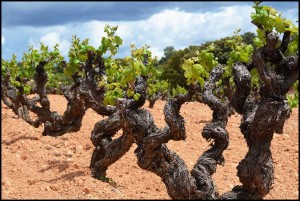
Bodegas Mustiguillo–Bobal Bush Vines
I found a similar drive in Antonio Sarrión from Bodegas Mustiguillo. His family has grown grapes in Utiel, Valencia for many generations but had never made wines before. This changed with Antonio –an economist by trade who became a leading producer of high quality wines in his region and an authority on Bobal. “I started to produce wines with a fresh new eye and a clear vision of the style of wine I wanted to achieve. I explored Bobal’s potential by cutting bunches from the vines during spring time. I remember hiding from my father the leftover grapes; otherwise, he would have been very upset to see me throwing them out,” he shares. Antonio mentioned how difficult it was to sell high-quality Bobal wines at that early stage, especially being outside the DO’s umbrella. Today, he is focused in developing new and innovative ways to produce Bobal wines and grow Mustiguillo’s international markets.
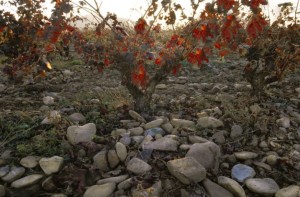
Finca Valpiedra Soils
Farmers since 1889 and pioneers in Rioja, the Martínez Bujanda family has always believed that quality starts in the vineyard, and consequently focused their attention on the search for the best terroirs in privileged Spanish enclaves to produce wines true to the character of the local varieties. “We are proud owners of 495 acres between Rioja Alta and Alavesa, 198 of which are located in a very special geographical area where the River Ebro creates a meander with terraces and a mantle of alluvial boulders and calcareous stony soils that provide great drainage,” explains Diego Martínez, Bujanda’s Commercial Director. “In this vineyard with vines ranging from 45 to 110 years old (many of them pre-phylloxera), we decided to create a Chateau wine. Therefore, in 1994, we launched our first vintage of Finca Valpiedra and in 1997, we built the winery – a true example of the Familia Martínez Bujanda’s pioneering spirit.”
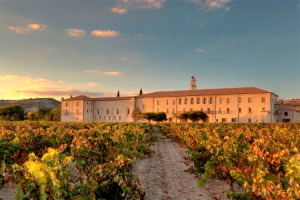
Abadía Retuerta
Abadía Retuerta, a 12th century monastery located in the heart of the Duero Valley, is today home to one of Spain’s most spectacular wineries. Records show that vineyards existed since 1315, but none were found in 1988 when the current owners decided to restore this historical monument and build a Michelin star luxury hotel-restaurant and to start producing top wines. “Our 440+ acres of vineyards with diverse soils, altitude range and orientation to the sun were divided into 54 different plots to produce wines with distinctive character,” reveals Enrique Valero, Abadía Retuerta’s CEO. “Our philosophy is based on a great respect for our thousand-year-old tradition, historic legacy and the relationship between our surroundings and our people,” he says.
An Invitation
Join Nora Z. Favelukes on this fascinating journey through Spain’s four corners to find wines and stories that bring forth to this new chapter of Spain’s wine industry. Four valuable expert testimonies and eight extraordinary wines are just a highlight of what it is yet to come at the Society of Wine Educators’ 40th Annual Conference.
This seminar will be held as part of SWE’s 40th Annual Conference at the Mayflower Hotel in Washington, DC – August 11th at 11 am.
 from throughout Tuscany that have been part of this fascinating history.
from throughout Tuscany that have been part of this fascinating history.